Those resistors are to speed turn-off. The base-emitter junction has some capacitance, which is made apparently larger in an inverting amplifier configuration by the Miller effect. To turn the transistor off, this capacitance must be discharged.
When the base drive is removed, there is no path to discharge this capacitance of the right transistor, because the reversed-biased base-emitter of the left transistor prevents it. These resistors provide a path for this discharge current.
If you are making a discrete Darlington pair, including at least R2 isn't a bad idea. If you don't require switching to be too fast, then you may find the transistor switches off fast enough without it, but I'd include R2 unless I was trying to shave every penny from the cost.
There are no hard and fast rules for calculating what these resistors should be, but the example you provided gives some typical values. If you make them smaller, turn-off will be faster. If you make them too much smaller, all the input current will go through the resistors, leaving none to drive the transistors.
The voltage across R2 is limited to 0.65V by the forward biased base-emitter junction, so current will be:
$$ I_{R2} = \frac{0.65V}{R_2} $$
and you can get some idea (just an idea; for an accurate model I'd simulate or build and measure) of how fast turn-off is affected by calculating the time constant formed by R2 and the right transistor's input capacitance:
$$ \tau = R_2 \cdot C_{eb} $$
The calculations for R1 are largely the same. However, it should be larger, for two reasons. Firstly, the left transistor doesn't need as much help to turn off, because its base capacitance can be discharged by whatever is driving the transistor; there is no diode in the way as with the right transistor.
Secondly, making R1 smaller shunts more current away from the left transistor's base, where it would be multiplied by both transistors. Thus, decreasing R1 decreases gain, because more of the input current is multiplied just by \$\beta\$ instead of \$\beta\cdot\beta\$.
